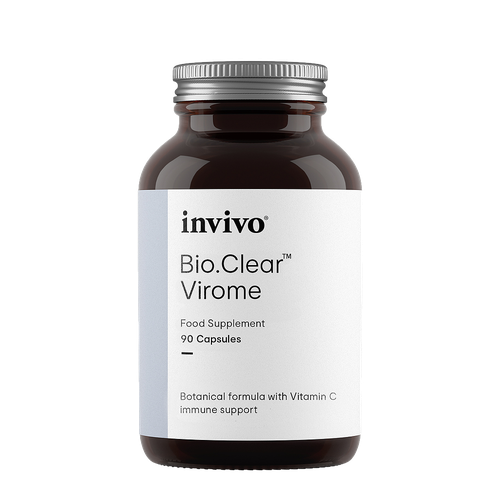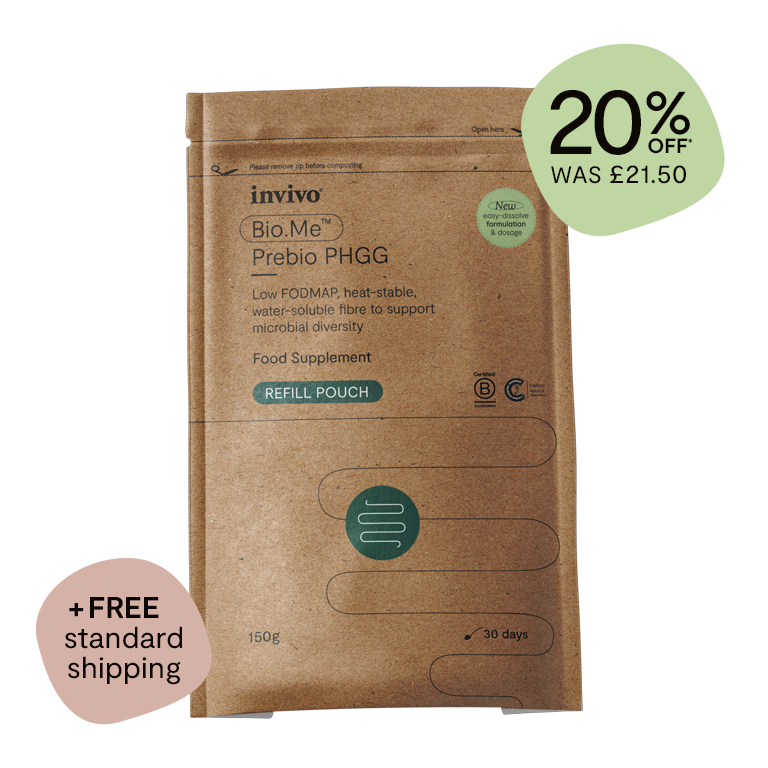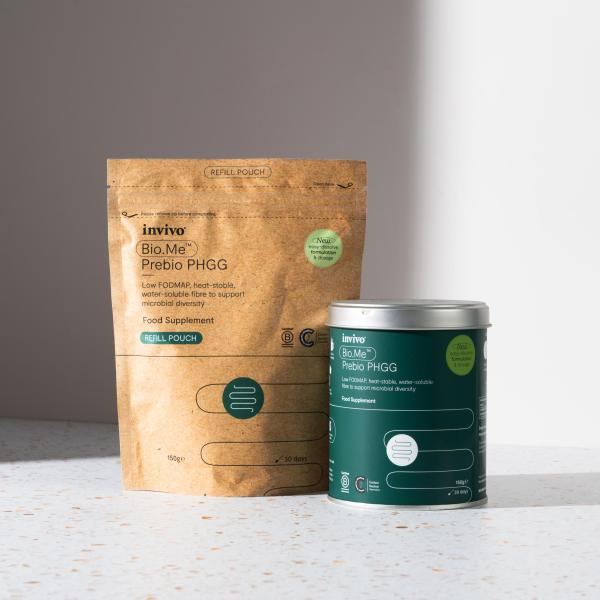The immune system is incredibly complex, and there is a distinct clinical advantage in understanding the key players of the immune system when it comes to food allergy and/or sensitivity testing. What follows is a brief overview of the pertinent biomarkers to look for when testing your client’s immune response to food.
IgG
The IgG antibody response creates sensitivity to a particular food. Symptoms may be less severe than with IgE allergic reaction and can manifest anywhere from 3-72 hours after exposure. IgG reactions create inflammation that makes many pathologies worse. The delayed response makes sensitivities difficult to identify without testing. Sensitivities can improve with a protocol and improved gut health.
C3d
C3d is a complement antigen and an activator of our complement cascade system. Reaction to the specified food will worsen if C3d activation is present along with an IgG antibody response. The C3 protein attaches to the antigen and amplifies the IgG response, increasing the inflammatory potential of IgG titre. Complement is not dependent on exposure or antibody presence and represents innate immune function.
IgE
The IgE antibody response is the most commonly known food allergy response. This response usually occurs immediately and can create severe symptoms such as swelling, hives, itching, and – in some cases – anaphylaxis. Even though IgE reactions are immediate, the allergic potential of food-based allergens can remain in your system 1-2 days after ingestion, extending the presence of symptoms during this duration. IgE reactions can be permanent or they may improve with elimination diet and gut protocols. IgE reactions stimulate the release of histamine in the body.
IgG4
IgG4, which is a subclass of IgG, is a distinct antibody in the immune system. IgG4 total antibody is important in relation to IgE because this antibody acts as a blocking agent for an IgE reaction. When the IgG4 reaction is greater than the IgE reaction for a particular antigen, IgG4 blocks the IgE antibodies from binding to the receptor sites and releasing histamine, thereby reducing severity of the symptoms associated with the IgE reaction. This is referred to as the blocking potential. IgG4 carries its own clinical relevance in high levels and may mediate several conditions and diseases.
Histamine
Histamine is involved in many types of allergic and inflammatory processes, including immediate and delayed hypersensitivity reactions. It also acts as a neurotransmitter and regulates physiological function in the gastrointestinal tract. Testing histamine along with diamine oxidase (DAO) levels provides important information that standard food sensitivity tests may not reveal. In fact, many clinicians often suspect food sensitivities when the culprit may actually be histamine intolerance.
DAO
Diamine oxidase is the body’s primary enzyme for breaking down ingested histamine and a natural defence against histamine excess. DAO is produced in the small intestine but certain drugs, foods, and bacteria may suppress its production. Symptoms of low DAO are similar to those of histamine excess, since it is the DAO that breaks down and metabolizes the histamine.
The DAO: Histamine Ratio
The ratio helps detect subtle imbalances between histamine and DAO levels.
Zonulin
Zonulin plays an important role in the opening of small intestine tight junctions. Increased levels of zonulin could also be demonstrated in diseases associated with increased intestinal inflammation, such as coeliac disease and type 1 diabetes.
LPS IgG, IgA, IgM
LPS can be used to detect a dysregulated cell membrane making it a marker of a transcellular leaky gut. Since there will always be some LPS present, there should, in turn, be some immune response recorded. When a client tests on the low-end of the spectrum for an immune response for LPS IgG, LPS IgA and LPS IgM, this is a good indication that their immune system is not functioning as it should. When there is a low response this means immunoglobulin levels go down and bacterial levels stay up. When LPS levels are high in the blood, it means they are passing not only between intestinal cells, but also directly through the cells, potentially causing neuroinflammation and brain injury. When LPS is absorbed into systemic circulation it can elicit a strong immune response.
Learn More…
Learn more about immunology in clinical practice, through a prism of case studies and discover the interplay between these markers, and what it can tell you clinically in a 4-part webinar series with Dr Cheryl Burdette, ND.
Immunology in Clinical Practice; The Dance of Immunomodulation




